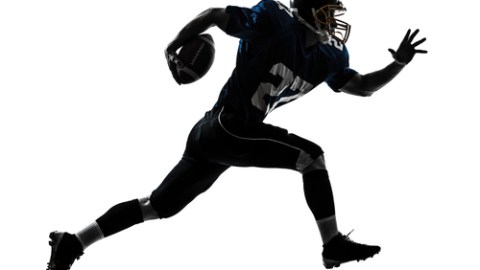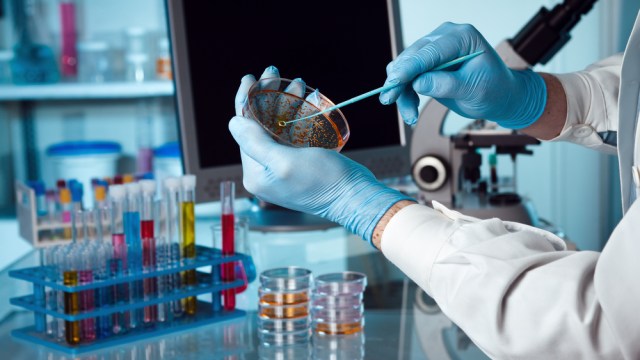Can You Be an Elite Athlete?

This post originally appeared in the Newton blog on RealClearScience. You can read the original here.
As summer wanes, fall is in the air, and elite athletes are out in force.
In Flushing Meadows, New York, hundreds of the best tennis players in the world are plying their trade, dazzling spectators with crushing serves, pinpoint shots, and split-second reflexes that would make a cat envious.
When the tournament comes to a close, the expert artistry of tennis will give way to the raw, carnal athleticism of football. The NFL’s regular season gets underway on Sunday, September 8th. There’s simply nothing like watching massive, muscled men, some who can jump over you, batter each other with the force of minor car crashes.
Both sporting spectacles will leave many of us awed, and also wondering, “Why can’t I do that?” A brief existential crisis (“What am I doing with my life?!”) may also follow suit.
Athleticism is commonly believed to rely on two factors: genetics and practice. Which is most important? Well that depends upon whom you ask. Biologists and physiologists commonly choose genetics, while psychologists may be more apt to go with practice.
It’s estimated that genetics determine anywhere from 20 to 80 percent of an athlete’s performance. The information inherited from your parents regulates everything from your height and weight to your abilities to maintain muscle and deliver oxygen via red blood cells.
One of the most important genes tied to athletic ability is called ATCN-3. It produces a protein that helps muscle fibers generate high amounts of force over a short amount of time. There are two known alleles at ATCN-3, known as X and R. R codes for a more active form of this “power” protein, while X codes for a less active form. Most NFL quarterbacks likely have two sets of R alleles (RR) — that’s why they can throw footballs more than 150 feet with relative ease — while normal people probably have an XR or XX combination.
Some professional sports clubs value the ATCN-3 gene so highly that they’ve started testing potential recruits and players for it. But genes don’t tell the whole story. One famous Olympic long jumper had no copies of the R allele yet still performed extremely well. This demonstrates that our sporting prowess isn’t solely tied to pieces of genetic data. Nurture, as well as nature, plays a role in athleticism.
The “10,000 Hours” idea, originally put forth by Herbert Simon and William Chase in 1973, substantiated by Florida State psychologist Anders Ericsson 20 years later, and recently popularized by sociologist Malcolm Gladwell, embodies the idea that anyone can become an expert in anything if they work hard enough at it. All it takes is a lot of practice — 10,000 hours of it. The idea may be accurate when it comes to cognitively-focused activities, like chess or playing an instrument, but when it comes to athletic prowess, it’s bunk. Even with 10,000 hours of rigorous training, not everyone can be a Peyton Manning or a Roger Federer. It appears that each person has their own physiological limit.
Practice isn’t pointless, however — far from it. Hours upon hours of shooting hoops helps elite NBA guards like Ray Allen drain three-pointers without conscious effort. The brain basicallyconsolidates the steps to complete those movements to such a degree that the task becomes instinctual. For most basic skill-based tasks, everyday athletes not endowed with superhuman genetics can reach this echelon as well.
The same sort of muscle memory also applies to strength-based tasks. When beginning a weightlifting program, you can lift more weight long before your muscles get bigger. New synapses rapidly form, thus improving the communication between your brain and your muscles.
Sadly, no amount of practice can make you grow five inches or allow you to sprint as effortlessly fast as Usain Bolt. The bodily bonds of genetics are simply too confining.
Or are they?
In a recent review published in Sports Medicine, scientists suggested that epigenetics — the process whereby gene expression can change throughout an organism’s life — may influence athletic potential, raising an ounce of hope for overbearing parents everywhere, hoping that their “little-leaguer” will one day make it to the majors.
As for me, until further research is conducted, I’ll continue contentedly cheering from the couch, as the NFL’s Most Valuable Player, Adrian Peterson, dekes, blasts, and gallops his way through opposing defenses.
On that note, skol, Vikings.
(Image: Football player via Shutterstock)




